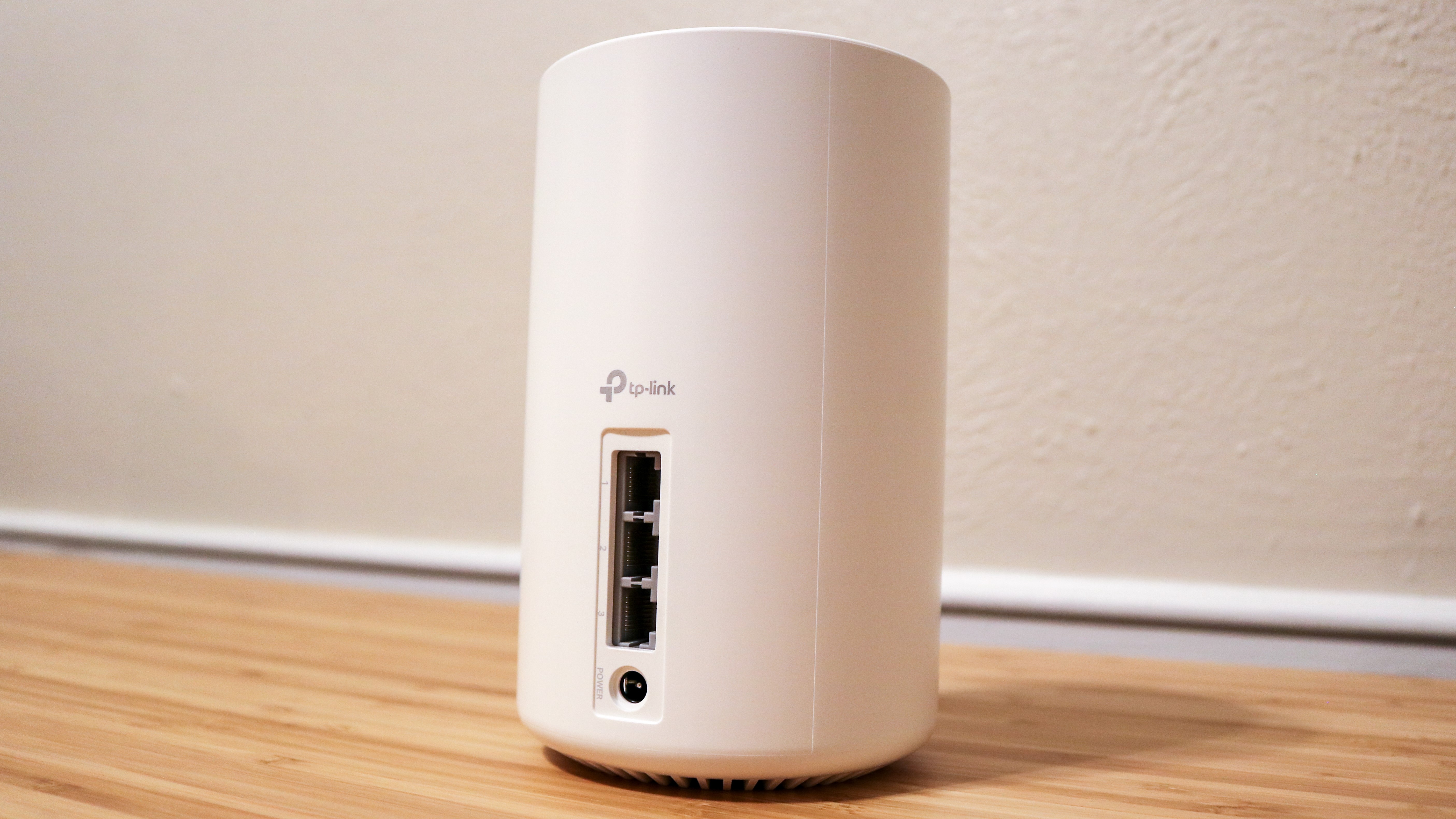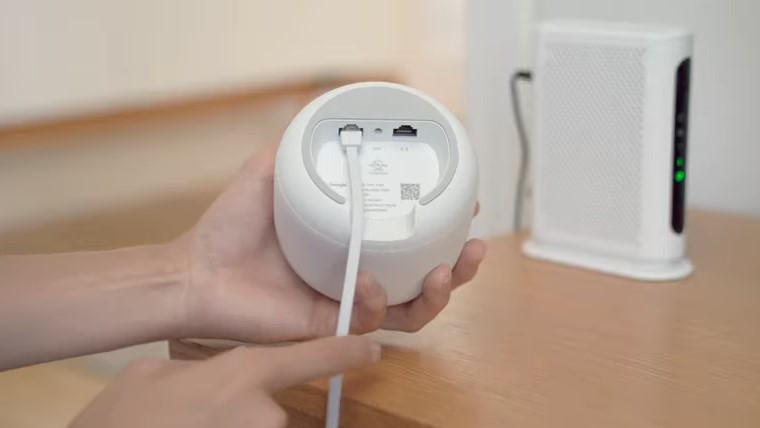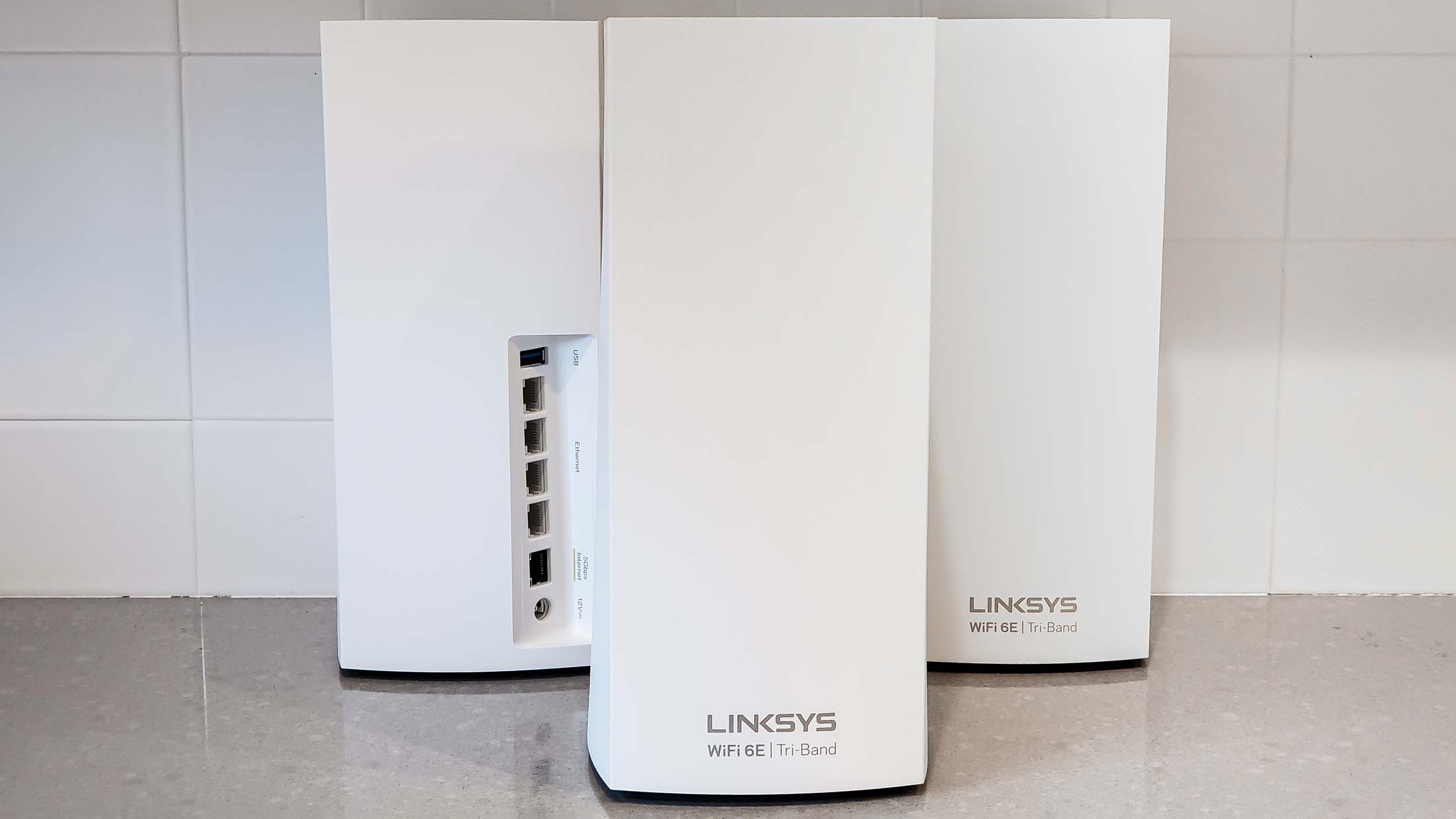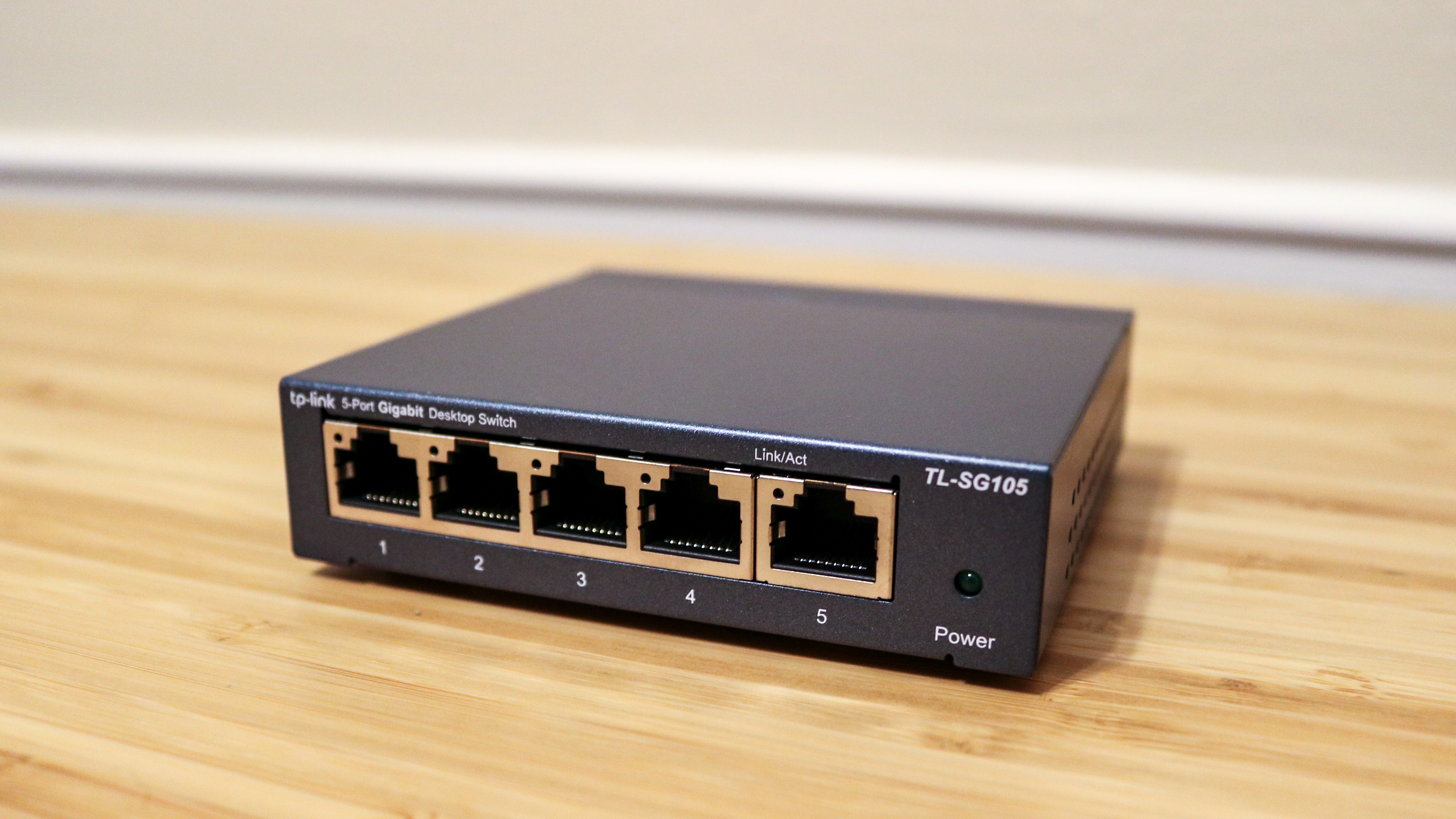The one problem with mesh routers — read this before you buy
Know about ports before you upgrade

There comes a point when your home network just isn’t as fast as it used to be and upgrading your networking equipment seems like the only option. Maybe you now have too many devices competing for bandwidth or you’ve noticed Wi-Fi dead spots around your home.
Whatever the reason, an upgrade is likely in order and it’s time to get a new router to replace your aging one. While one of the best Wi-Fi routers could be the perfect solution if you live in an apartment, those with larger homes have likely thought about opting for one of the best mesh routers instead.
I recently found myself in this exact situation due to having too many smart home devices connected to my home network, though I also wanted to improve the internet speeds in my garage and eliminate several Wi-Fi dead spots around my house. After trying to solve my issues with both a Wi-Fi extender and even a powerline adapter, I knew setting up a mesh system was the answer, but there was still one thing holding me back.
Sacrificing ports for better connectivity

If you’ve started shopping around for a mesh router or a mesh system, one of the first things you’ll notice is that mesh networking products have far fewer Ethernet ports than a traditional Wi-Fi router.
For most people, this won’t be a problem. However, if you prefer using a wired connection on your main PC or gaming console and have multiple smart home devices each with their own hubs that need to be connected via Ethernet, you’ll likely have to pick and choose which devices will have a wired connection and which will connect wirelessly.
In my case, the bridge for my Philips Hue lights requires an Ethernet connection as does the hub for my wireless TP-Link Kasa outdoor security cameras. As I’ve tested VPN services for TechRadar and Tom’s Guide in the past, my office PC also requires a wired connection for better speeds and stability.
Finding a mesh router with the right number of ports
Although Nest WiFi is the best mesh router for most people, it only has two Ethernet ports on the main unit and one of these needs to be connected to your cable modem. This leaves just one free Ethernet port. It’s also worth noting that the two included Nest WiFi points lack any Ethernet ports at all while Google’s original Google WiFi mesh system includes two Etherent ports on each point — though they can’t work as smart speakers and have a lower max speed.
Get instant access to breaking news, the hottest reviews, great deals and helpful tips.
For those who absolutely need multiple Ethernet ports, Netgear’s Orbi mesh products may fit the bill as the top-of-the-line Netgear Orbi Wi-Fi 6E (RBKE963) features four on each node. However, the more affordable Netgear Orbi RBK752 has three on the router and two on each satellite. Still though, Netgear’s Orbi range can be quite expensive with the three-piece Orbi RBK4E963 coming in at a whopping $1,499.

Alternatively, the Linksys Atlas Max 6E also features four ports but a three pack will set you back $1,199.
As a fan of TP-Link’s smart home products, I ended up choosing the TP-Link Deco XE75 for $350 from Costco as each unit has three Ethernet ports though the TP-Link Deco X20 is an excellent choice for those on a budget as each unit features two ports.
Adding more ports with an unmanaged Ethernet switch
Even with three Ethernet ports on each unit, I knew the Deco XE75 wouldn’t be enough for my needs, especially if I wanted to expand my smart home down the line. For instance, I’m getting quite close to the 50 device limit on my Hue Bridge and may need to add another one to handle more smart light bulbs.
While I could spread all of my smart home hubs around the house by connecting them to the satellites instead, I wanted to have everything neat and tidy on one shelf connected to the main router.

This is why I added an Ethernet switch to the mix. Using a simple, 5-port unmanaged Ethernet switch from TP-Link (the TP-Link TL-SG105) for just $20 I was able to plug in everything I needed with ports to spare. It also made cable management and keeping things tidy much easier as well. All I had to do was plug in an Ethernet cable to the main router and the other end to the switch and I was good to go.
If you’re thinking about going this route, you might be wondering whether to choose a managed or unmanaged switch. For simplicity’s sake, unmanaged is your best option as these kinds of switches are plug and play with no settings to configure. For those with a more complicated setup — say if you run a small business — managed switches provide better security and optimization.
Don’t let a lack of ports hold you back
You really can have excellent Wi-Fi coverage throughout your entire home while still being able to connect all of the wired devices you need to. While I was able to connect everything with a 5-port switch, there are also 8-port and 16-port switches available. In fact, you can actually go all the way up to a 52-port switch if you have to.
My one recommendation for those considering adding an Ethernet switch to their home network is that you also want to purchase a few Ethernet cables before you get started setting everything up. Sure, you can use the network cables you already have, but to avoid having a mess of cables behind your router, a few short, flat Ethernet cables will do the trick.

Anthony Spadafora is the managing editor for security and home office furniture at Tom’s Guide where he covers everything from data breaches to password managers and the best way to cover your whole home or business with Wi-Fi. He also reviews standing desks, office chairs and other home office accessories with a penchant for building desk setups. Before joining the team, Anthony wrote for ITProPortal while living in Korea and later for TechRadar Pro after moving back to the US. Based in Houston, Texas, when he’s not writing Anthony can be found tinkering with PCs and game consoles, managing cables and upgrading his smart home.
